If you’ve ever been torn between Seiko and Citizen, you’re not alone. That brand debate is one of the most common topics our review team has been asked to weigh in on over the years. These two Japanese giants have defined the affordable watch market for decades, each earning loyal fans through wildly different strengths and value propositions. Seiko leans into tradition and mechanical finesse. Citizen pushes tech and practicality. Both do offer real value, but they do so in very different ways.
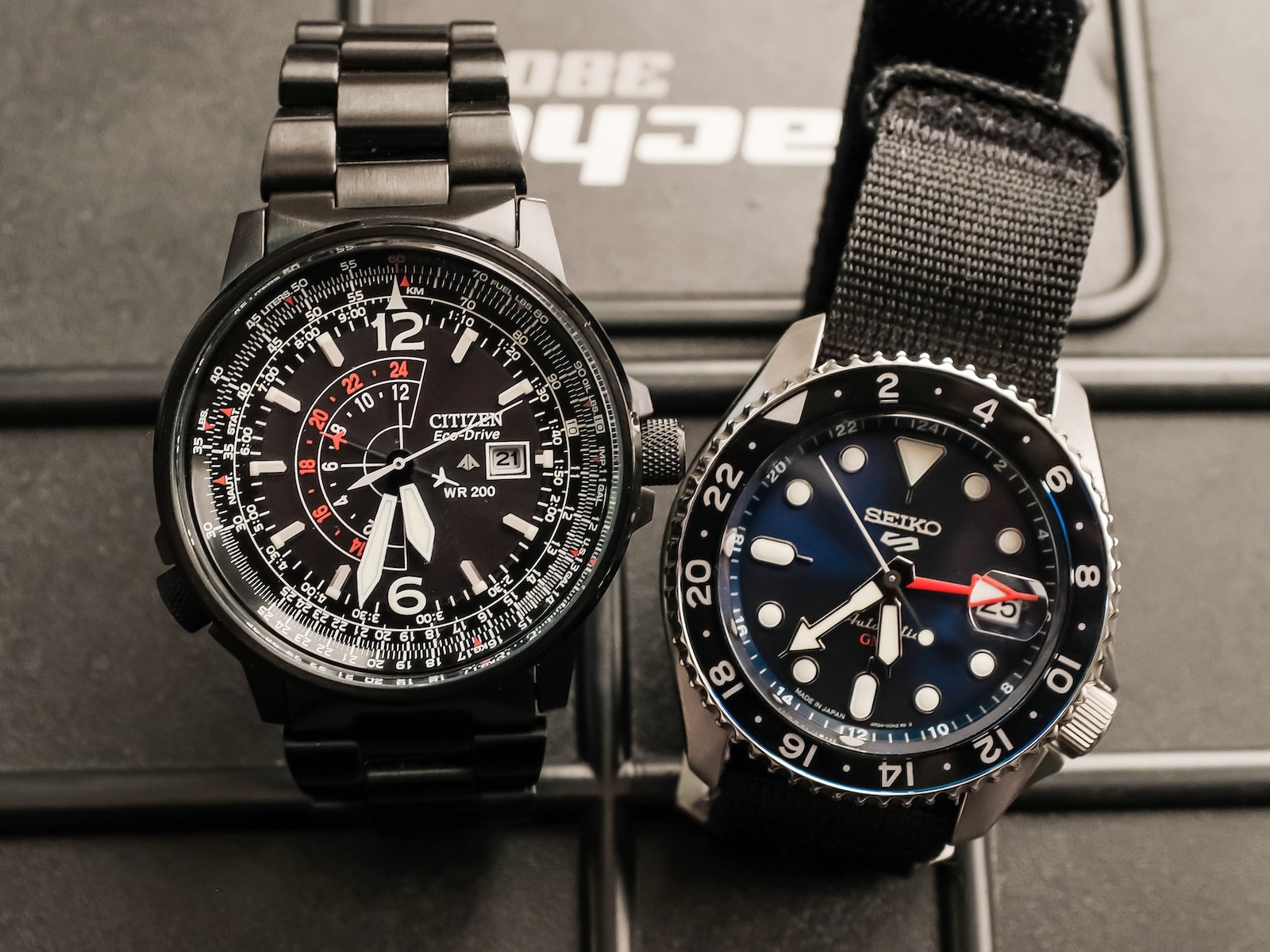
Choosing between them shouldn’t be about jumping into a trend or purely heritage alone. It’s about what you expect from a watch in real-world use: how it wears, how it performs, how it holds up, and what kind of personality it brings to your wrist. After reviewing both of these brands extensively over the past 10 years, we’ve decided to create this comparison piece. Our goal is to use our first-hand knowledge to break down everything from brand philosophy to build quality in order to help you understand which of these brands would be a better fit for your lifestyle and your budget.
Brand Identity & Philosophy: Craft vs Utility
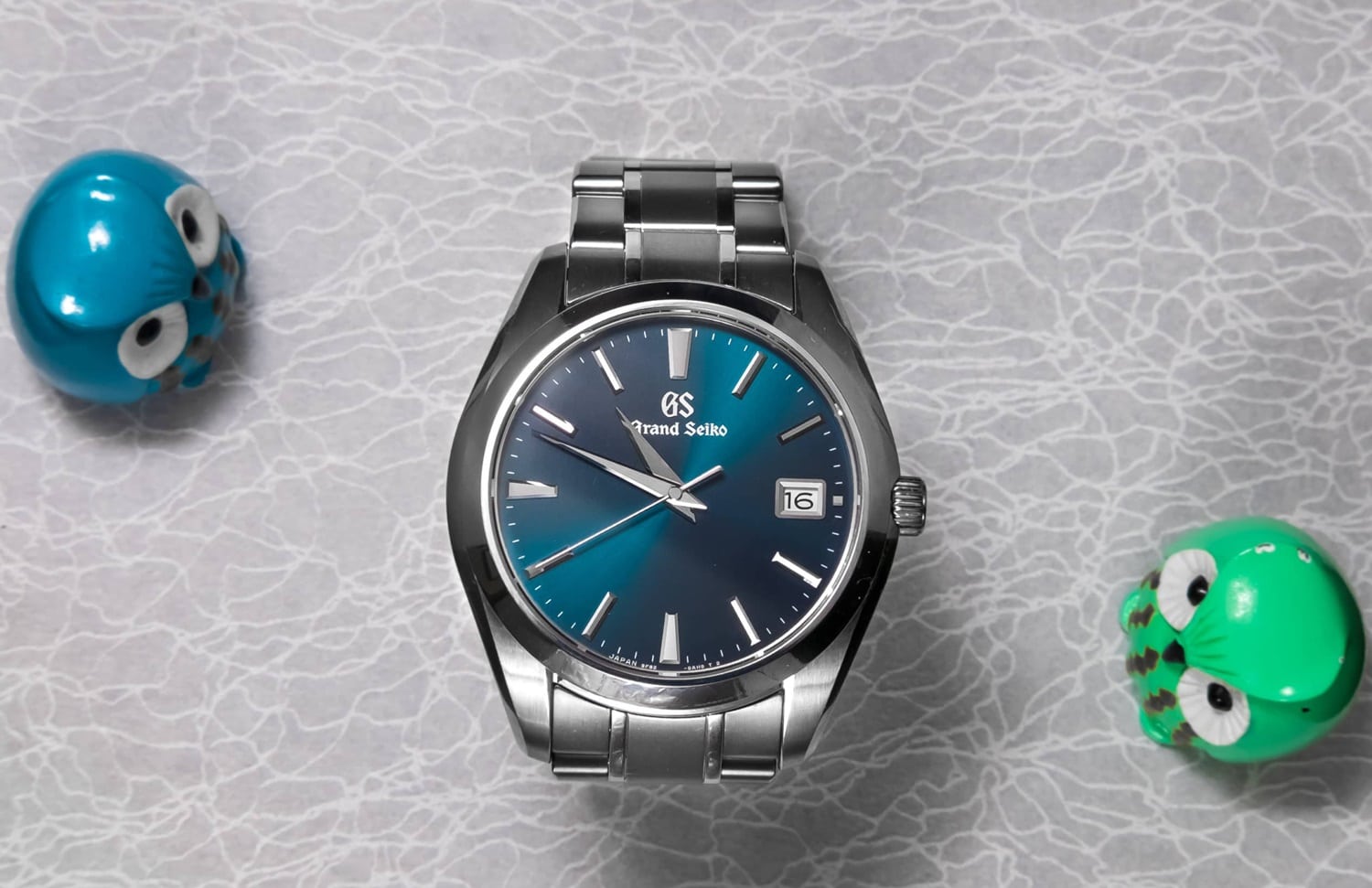
Seiko’s identity is rooted in heritage craftsmanship. Since 1881, it has built watches that evolve slowly, mixing refined aesthetics with technical innovation when it matters most. We’ve always appreciated how Grand Seiko sits at the pinnacle of this philosophy, as reflected in our review of the Grand Seiko SBGV233, where our personal experiences with the brand illustrate these values in practice. While everyday models like Seiko 5 and Prospex bring tool-watch sensibility to a wide audience, which you can also see illustrated in our hands-on review of the Seiko Turtle. Whether mechanical or quartz, Seiko designs feel purpose-built with restrained polish.
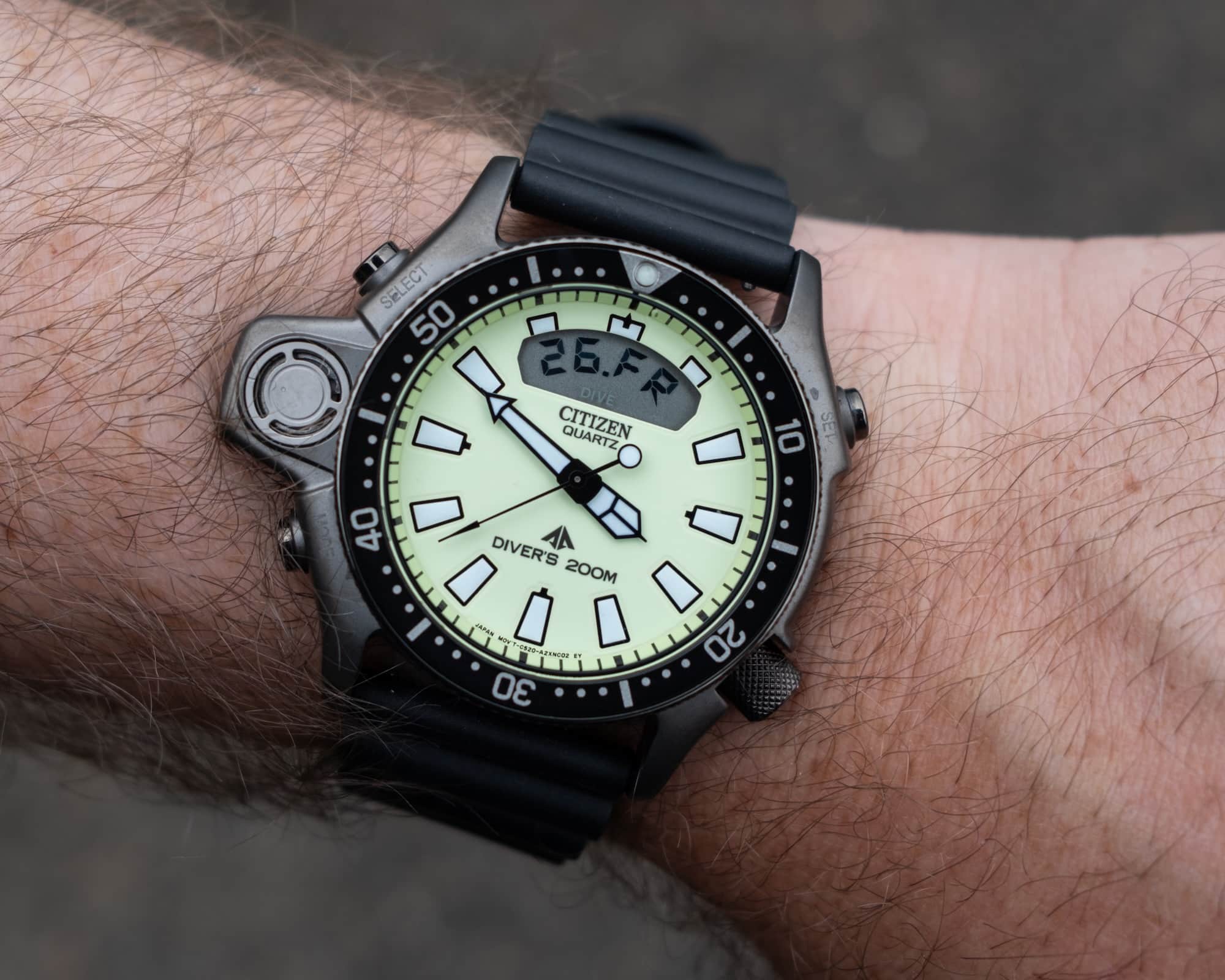
Citizen by contrast has always emphasized function-first engineering. Founded in 1918, the brand is best known for Eco-Drive: its solar-powered tech that quietly powers millions of watches around the world. With atomic syncing, GPS correction, and a growing line of timepieces, Citizen favors convenience and innovation. It’s less about history, more about staying practical in a fast-moving world, which is something we share personal insights on in our Citizen Promaster Aqualand review. Our hands-on experience while testing the watch illustrated how this philosophy comes through in practice.
- Seiko attracts collectors, mechanical enthusiasts, and those drawn to traditional watchmaking with a Japanese twist.
- Citizen appeals to tech-minded wearers, everyday users, and anyone who values reliability without complication.
Catalog Scope & Core Strengths
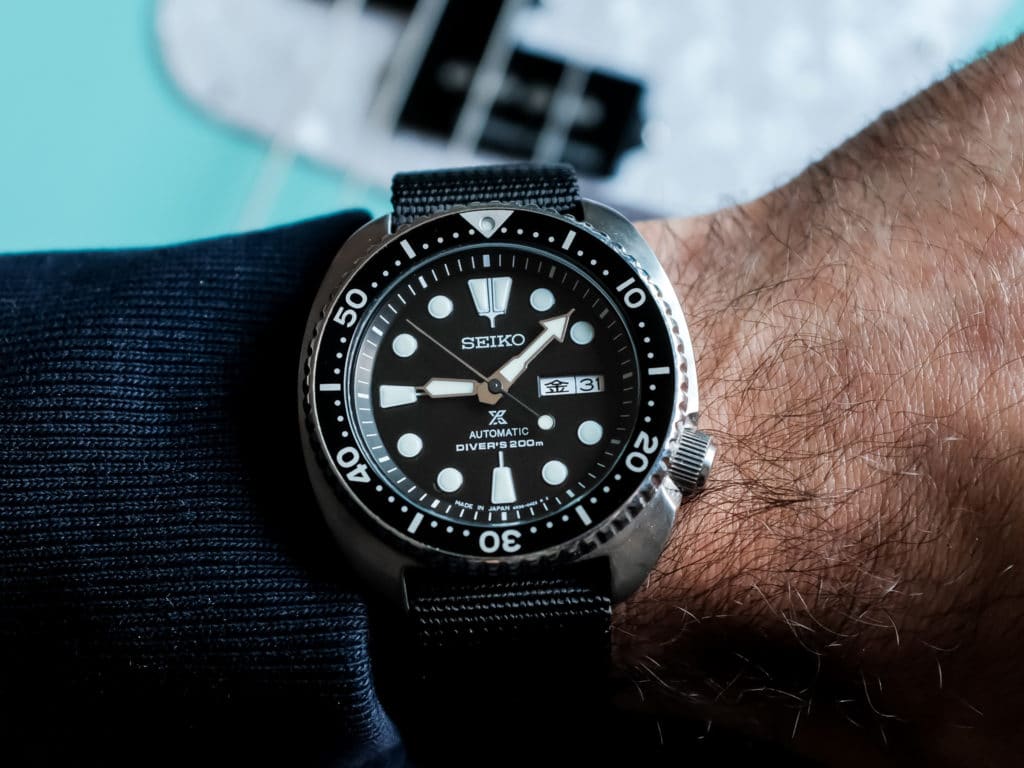
Both brands maintain deep catalogs, but they emphasize different categories and pricing tiers.
Seiko’s strength lies in variety. Its dive watches are legendary, its dress watches refined, and its mechanical movements trusted across price points. From affordable Seiko 5s to boutique-level Grand Seiko models, the brand spans nearly every buyer type. In our hands-on experience with multiple series across these tiers, Seiko consistently balances visual character with real-world performance. Whether you’re hunting for an everyday tool or a luxury heirloom, Seiko has a match.

Citizen’s lineup leans hard into accessibility, particularly in light-powered and field-ready categories. Eco-Drive dominates the brand’s identity, powering everything from sleek dress watches to rugged divers. While Citizen lacks a true luxury tier to rival Grand Seiko, it counters with tech-forward features like atomic timekeeping and GPS syncing, often at impressively modest prices. The models we’ve reviewed show a clear emphasis on ease of use and everyday practicality.
Here’s a simplified look at where each brand plays:
| Brand | Budget | Mid-Range | Luxury Tier |
| Seiko | $200–$500 | $500–$1,000 | $5,400–$39,000 |
| Citizen | $100–$300 | $450–$800 | $1,000–$8,400 (rare) |
- Seiko builds depth across categories.
- Citizen builds consistency across price points.
Design & Wearability: Subtle vs Bold

When it comes to design, Seiko plays the long game. Most models feature clean dials, traditional hands, and conservative case profiles. Aesthetics tend to favor clarity and restraint, with subtle textures and timeless proportions. Even its dive and sports watches maintain a design logic that balances utility with elegance. Grand Seiko elevates this further with hand-finished details and signature elements like Zaratsu polishing. We personally note all of these concepts in our hands-on review of the Grand Seiko SBGH295 Soko Frost.
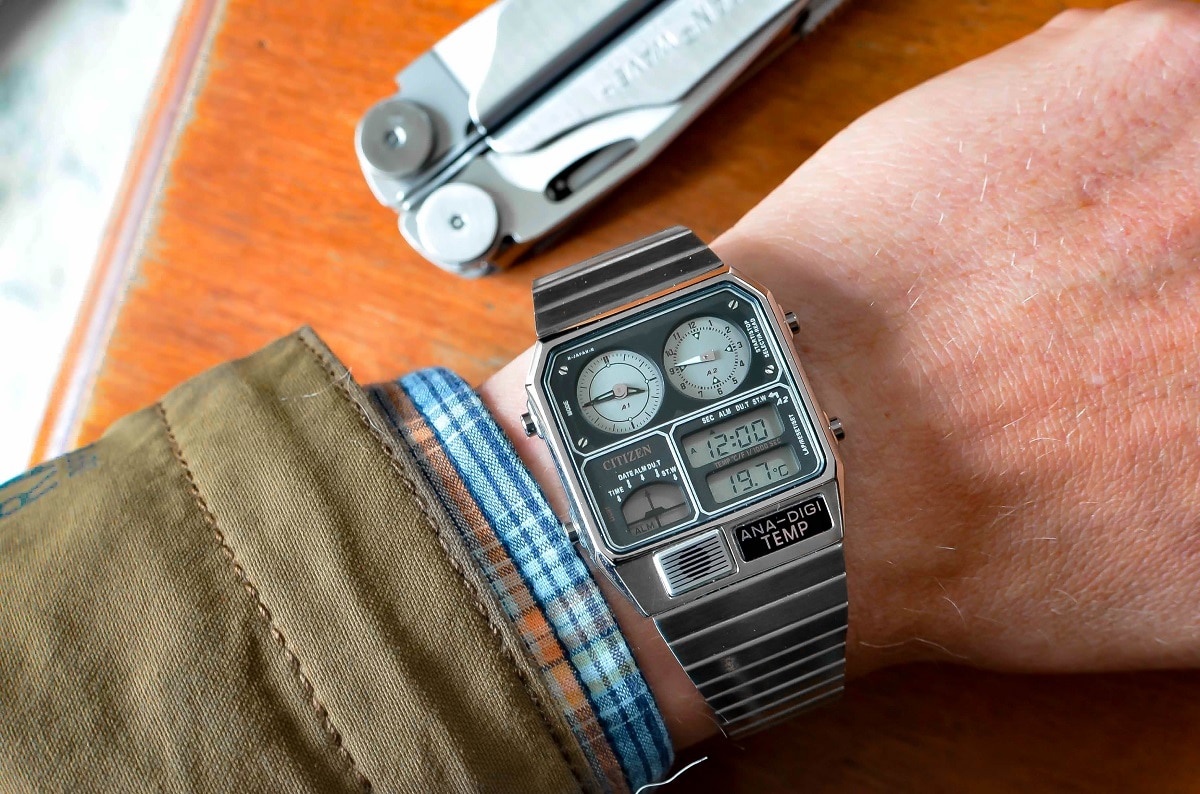
Citizen on the other hand tends to be visually louder. Designs often include oversized markers, angular cases, and modern fonts. Dials lean busy, especially on models that showcase solar tech, power indicators, or radio-controlled features. You can even note in our testing of the Citizen Ana-Digi Temp that Citizen’s industrial style simply stands out more, even if it sacrifices some of the quiet refinement Seiko fans might prefer.
- Seiko prioritizes traditional materials and polish.
- Citizen focuses on function-forward shapes and tech visibility.
Build Quality & Technical Approach
Both brands are competent builders, but their engineering priorities differ.
Movements:
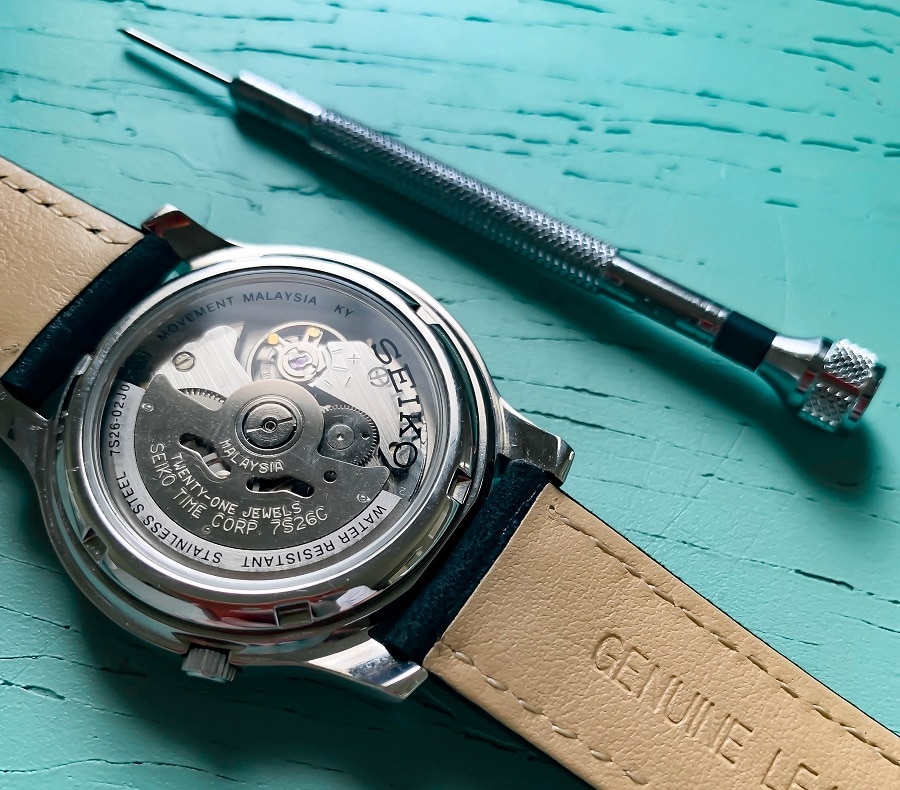
Seiko makes its own quartz, automatic, and hybrid calibers in-house, including its celebrated Spring Drive and kinetic movements. Accuracy ranges from dependable to elite, with Grand Seiko representing some of the most precise mechanical watchmaking in the world. Across all the Seiko reviews we’ve conducted over the years, we find that even mid-tier Seiko movements are impressively tuned and reliable (often operating better than factory specs).
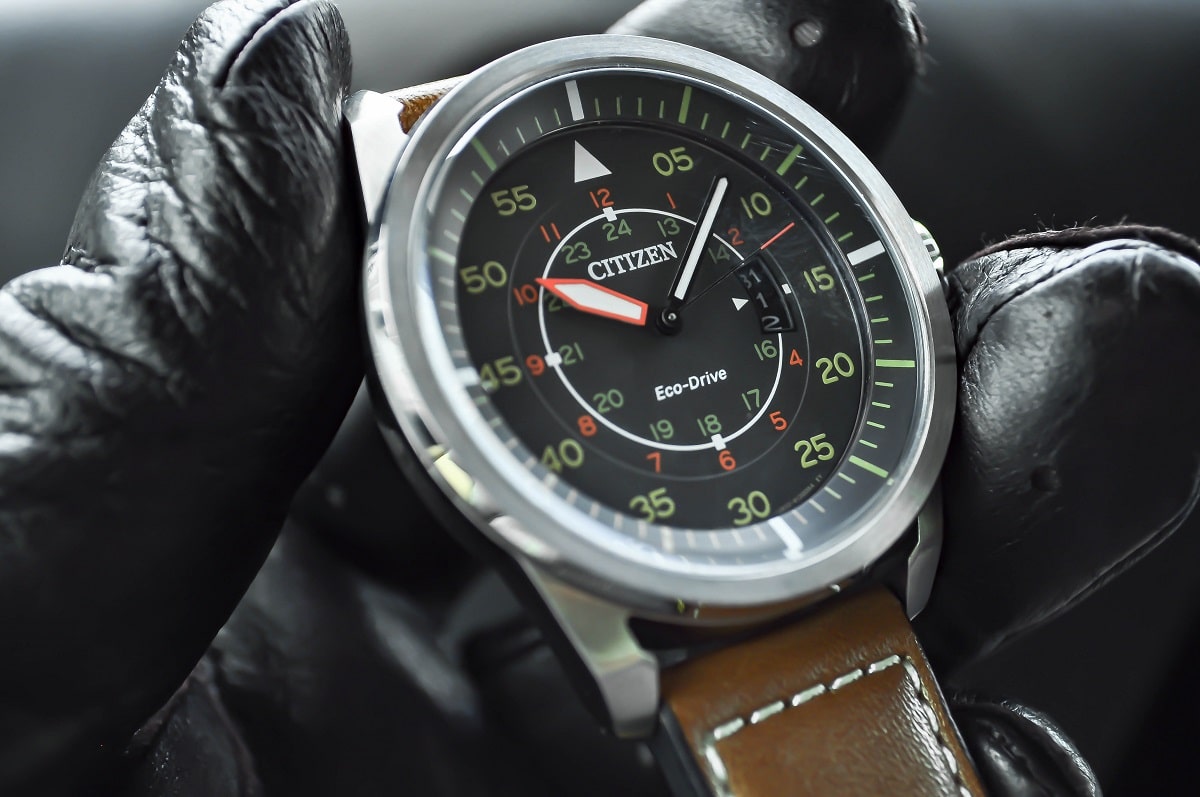
Citizen leans quite exclusively into quartz (although you will find some automatic models amongst their catalog). The brand’s Eco-Drive system is industry-leading, converting any light into power and storing it for months. Higher-end models also integrate atomic syncing and GPS calibration, delivering unmatched precision with zero effort. You can note in our review of the classic Citizen Promaster Diver, that Eco-Drive timepieces require very little to virtually no upkeep, even with irregular use.
Case Construction & Finishing:
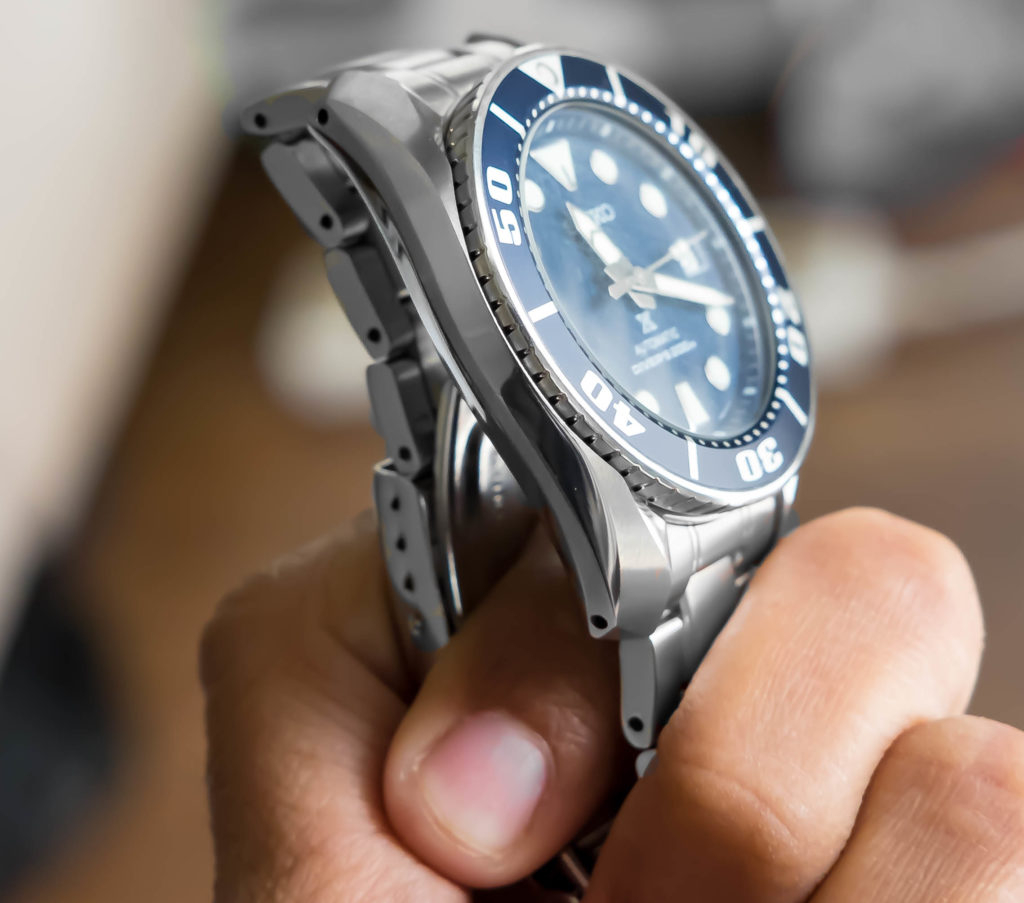
Seiko cases are typically made from stainless steel or titanium, with a focus on crisp finishing and dynamic case contouring and refinement. Grand Seiko raises the bar with distortion-free polishing and layered textures. For a breakdown of the mid-tier case quality you can expect from Seiko, our hands-on Sumo review offers a detailed look.

Citizen also uses both stainless steel and a proprietary titanium alloy in many models. However case finishing and refinement generally leans more practical and not decorative. It’s more about simplicity and longevity than visual flourish. You can note this particular approach to Citizen’s case construction in our hands-on testing and personal experiences with the Citizen Fugu NY008-11E Diver.
Crystals:
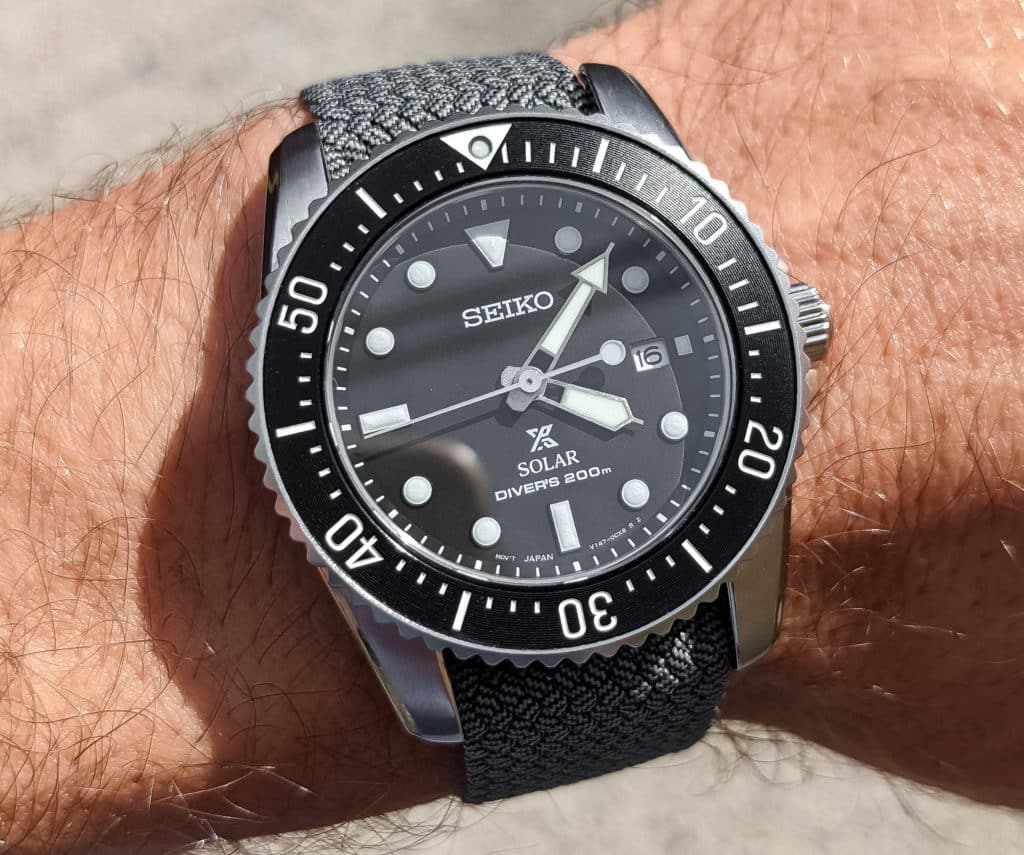
Seiko alternates between Hardlex (its proprietary hardened mineral) and sapphire, depending on price tier. You’ll note that Grand Seiko generally tends to use sapphire exclusively.
Citizen uses mineral glass on many affordable models, but sapphire appears often in mid-tier and up collections and releases. The durability of these crystals tends to be excellent, and more often than not we’ve found that the performance and usability of the crystals between the two brands is equal.
Water Resistance & Lume:
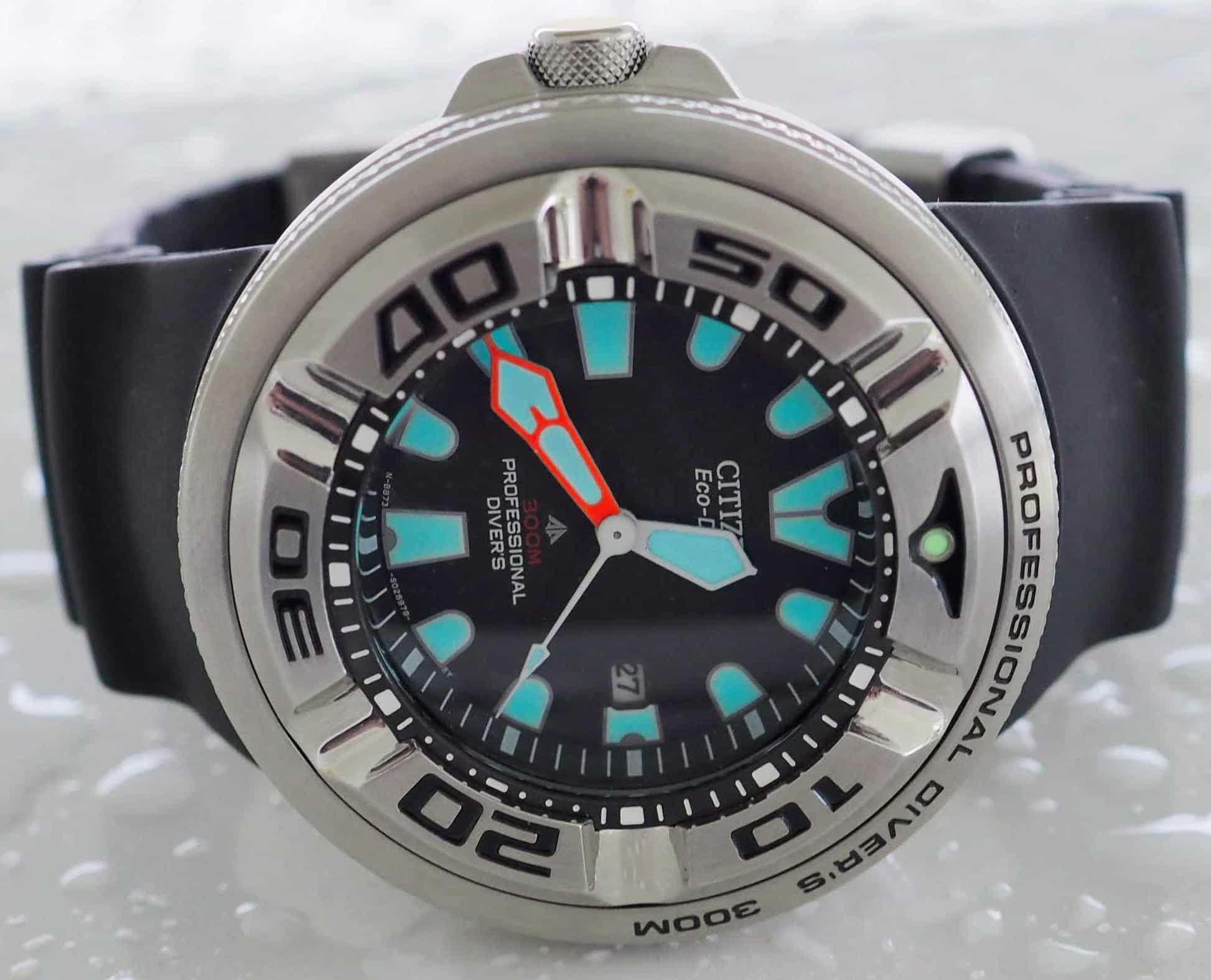
Both brands offer 100 – 200m+ WR in most tool watches, generally leaning more towards divers for higher resistance. Seiko’s Lumibrite outperforms Citizen’s lume in brightness and longevity, something we’ve repeatedly verified in real-world dark and low-light scenarios. But at the same time, Seiko’s proprietary lume is legendary, so it’s not surprising that it would be hard to compare against it.
- Seiko emphasizes vertical integration and refinement.
- Citizen champions long-term reliability and user-proof tech.
Community and Resale

Seiko enjoys a stronger collector following. Limited releases and high-end models tend to hold or gain value. You’ll even find that the affordable Seiko 5 collection tends to make appearances on the secondary market.
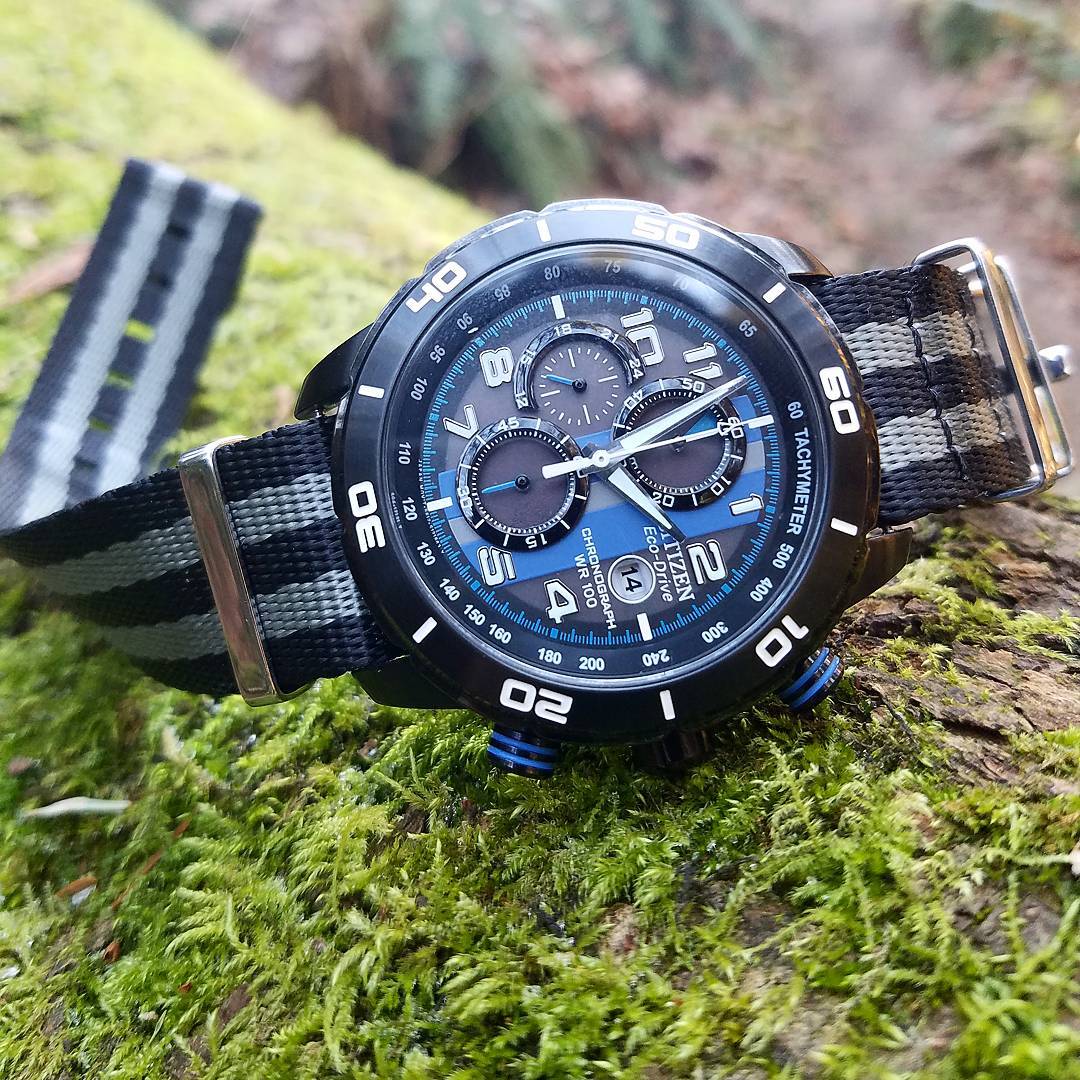
By contrast you’ll find that citizen has fans, but not necessarily as many collectors. As such the resale situation is modest in comparison. Most Citizen owners will buy for function or purely because there’s a model they’ve fallen in love it. They won’t buy the brand with future value or a resale option in mind.
If brand culture and resale matter to you, Seiko has more pull. If you’re after hands-off ownership and everyday practicality, Citizen wins.
Final Verdict: Which Brand Delivers More Value?
Both Seiko and Citizen offer impressive value, but they serve quite different needs.
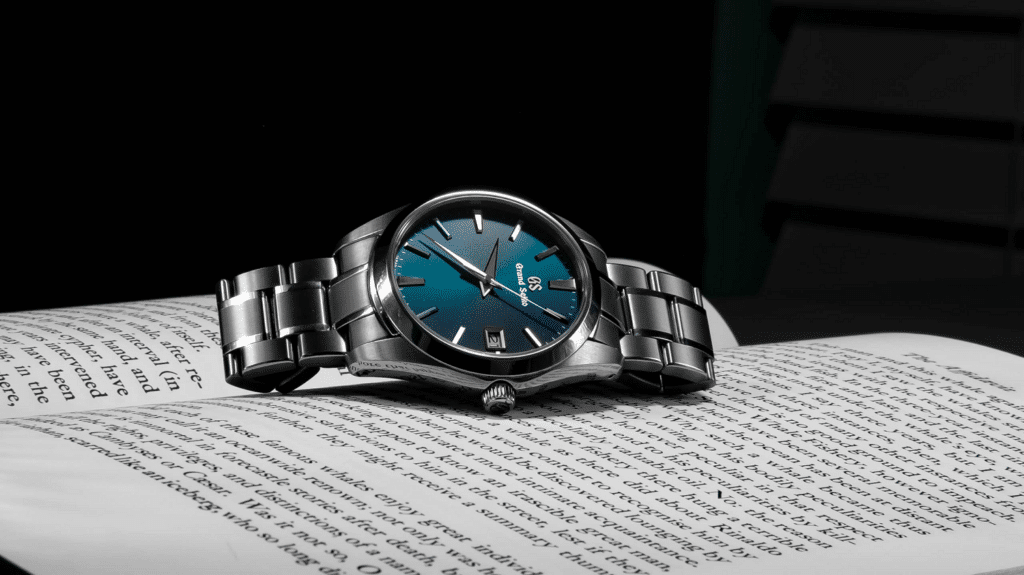
One should choose Seiko if they want:
- Traditional styling with real horological chops
- Mechanical movements and in-house innovation
- More robust resale potential and collector appeal
- A broad range from sub-$200 to near-luxury
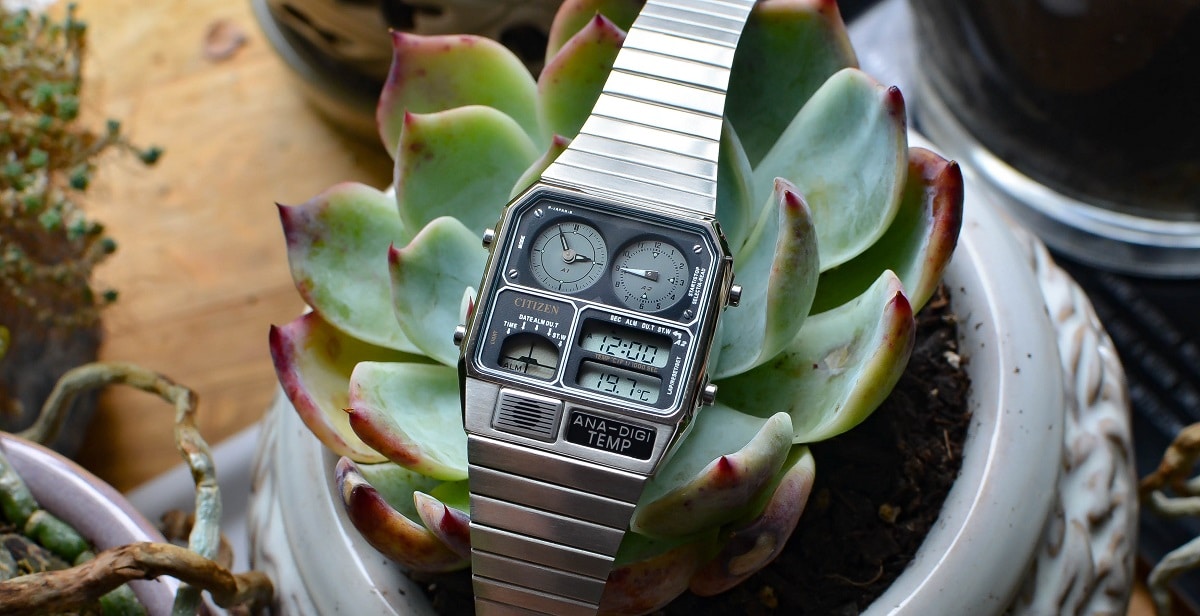
One should choose Citizen if they want:
- Set-it-and-forget-it solar-powered reliability
- Cutting-edge tech (atomic, GPS, smart features)
- Lightweight, durable titanium construction
- Maximum utility per dollar, especially under $500
Seiko ultimately rewards enthusiasts who care about mechanical tradition, finishing, and collector culture. By contrast Citizen delivers practical excellence for wearers who want reliability above all else. Neither brand is objectively “better,” but choosing the wrong one for the wrong reason can lead to disappointment.
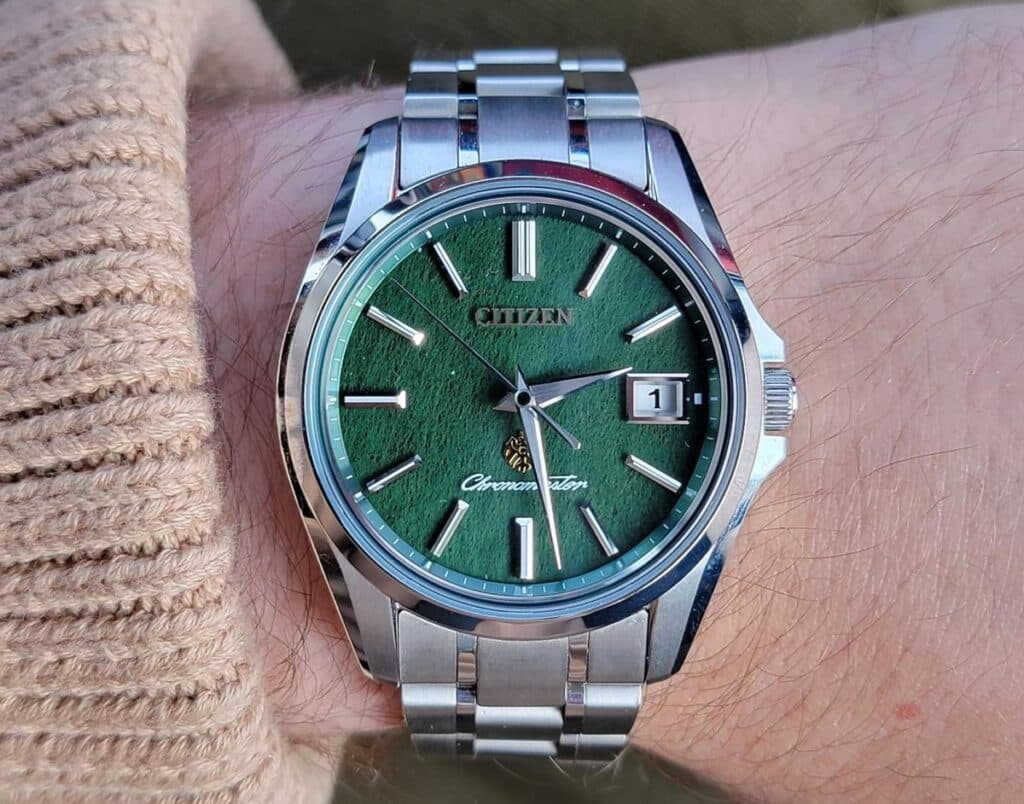
If you buy a limited-edition Seiko to beat up on a dive trip, it’s probably not the best tool for the job. Likewise, if you buy a Citizen expecting long-term collector value or the kind of mechanical prestige you’d find in traditional horology, you’ll likely come away disappointed. After years of reviewing both brands, our takeaway is simple: understand what you expect from a watch before you buy it and let that guide whether Seiko’s tradition or Citizen’s practicality fits your life best. If you need help deciding or would like to share your thoughts on our piece, please just let us know in the comments below.

Co-Founder and Senior Editor
Kaz has been collecting watches since 2015, but he’s been fascinated by product design, the Collector’s psychology, and brand marketing his whole life. While sharing the same strong fondness for all things horologically-affordable as Mike (his TBWS partner in crime), Kaz’s collection niche is also focused on vintage Soviet watches as well as watches that feature a unique, but well-designed quirk or visual hook.

It’s a shame you don’t know more about citizen. They have the most accurate watch in the world, and their ‘060 series beats anything that anyone else does at 5 seconds per year.
I think you’ve missed the mark with this article.
Hi, Tony:
Absolutely appreciate the constructive feedback here for our article. You’re spot on in that the Citizen 0100 made headlines after reaching it’s incredible accuracy rating. And the A060 Series is both beautiful and accurate. The reason these weren’t included in our piece is simply because we’ve never reviewed them. We strive to only include watches in these pieces that we’ve tested hands-on. Plus, with both of these watches, distribution and access to purchase can feel a bit limited for our US-based audience. The global availability of these watches is a new emerging initiative for Citizen. In the future though we’d love to do a comparison piece on the higher-end tier collections offered by both brands.
Best,
-Kaz
I bought a low-end Citizen eco-drive watch three weeks ago. It has gained less than one second so far. I am delighted with it.
Hi, Mike:
That’s amazing – I’m so glad you’re enjoying your Citizen so far. The eco-drive movement is really such a huge selling feature for the brand with it’s hyper-accuracy and effortless solar charging. It’s always a pleasure when we get to review an eco-drive movement from the brand.
Best,
-Kaz
I like the comparison article on seiko and citizen.l have both.I have a seiko 5 sport that i wear daily.use to be work watch.I’m retired.I must admit i tend to lean towards the citizens when I dress up.I am looking at buying a luxury style seiko.late bloomer collecting watches.
Hi, James:
Thanks for checking out the article. The Seiko 5 is a great daily wearer and depending on which Citizen you have, using it as a more dressier piece makes sense. Based on our experience while Citizen has more up-trend luxury pieces, this is more of a niche that Seiko is successful in with stronger distribution and options for those looking to spend more. So you wanting to eventually buy a more luxury styled Seiko makes sense.
Thank you,
-Kaz
Great article on two excellent watch brands. Thank you. What straps are featured in the top picture/header?
Thanks! That’s the Ti-Ring Strap from Prometheus Design Werx on both of those watches.
You forgotten the big elephant in the room, Seiko’s QC…
Hi, Gary:
You’re certainly right in that there is a history of some cosmetic QC issues on the previous generation of Seiko 5 pieces and within the Prospex line. However these instances have become fewer and farer between over the years and we’ve noted an marked improvement in our testing across the brand. It’s also something virtually not present at all in the Seiko Presage and Grand Seiko series.
Best,
-Kaz
I recently purchased a Seiko Solar Diver and love it. How does Seiko’s solar movement compare to Citizen’s? I’ve owned several Seiko watches over the years and still have them. My highest end watch is an automatic Oris Chronograph but find myself wearing my Seiko diver and Victorinox Swiss Army that’s 30 years old the most.
Great comparison article by the way.
Respectfully,
Matt
Hi, Matt:
Functionally both Seiko and Citizen solar movements are pretty similar in terms of charging capability, power reserve, and accuracy. Where Citizen really differentiates itself though is in it’s ability to layer additional technical features in the eco-drive movement like GPS timekeeping, radio controlled accuracy, etc for a much more affordable price than Seiko would. For example, to get a lot of the technical features found in an entry/mid-tier eco-drive, you’d need to look into Seiko’s Astron line, which is a significant financial investment in comparison.
Glad you enjoyed the article and thank you for writing in!
Best,
-Kaz
I own the Citizen Atomic titanium for 3 years now. Never have to adjust the clock or change battery. And as i alway hit the object, wall,.. While walking (I’m clumsy.. Lol), the Sapphire and Titanium didn’t have any trace of any scratches… Compared to some of my traditional watch.
Price was great during black Friday. Mechanical watch are not good for me. i like them more… But I’m a motorcycle driver, so broke the mechanics by the constant vibration of the motor.
Hi, Erik:
That’s amazing you’ve had such a great experience with your Citizen Atomic. One of my daily wearers is also a titanium quartz (not solar though) and honestly, the robustness and reliability of it can’t be matched by anything mechanical. That’s also a super interesting insight – is it pretty common for motorcycle drivers to just defer to a quartz watch (or just no watch at all)?
Thank you for writing in!
-Kaz